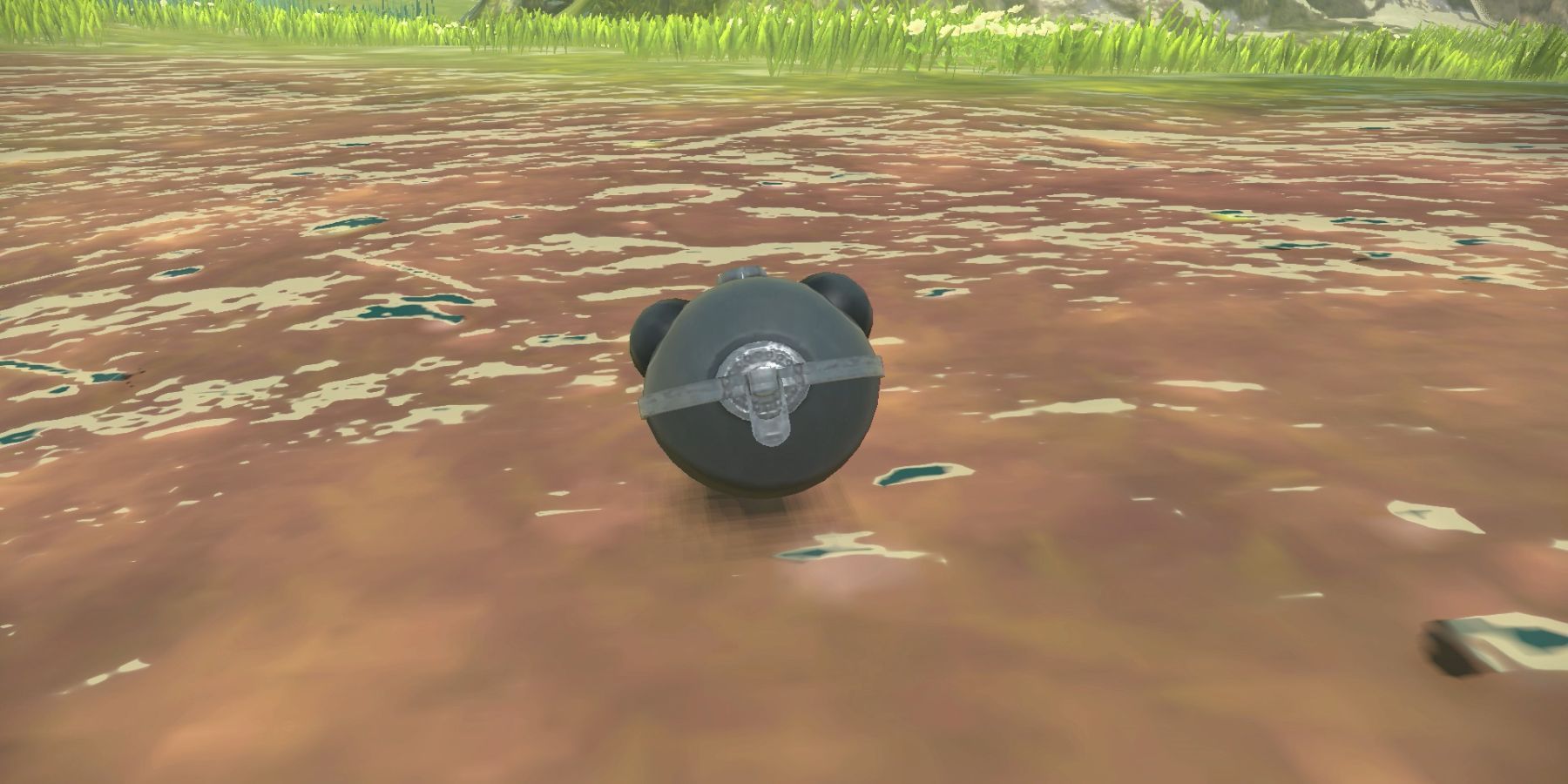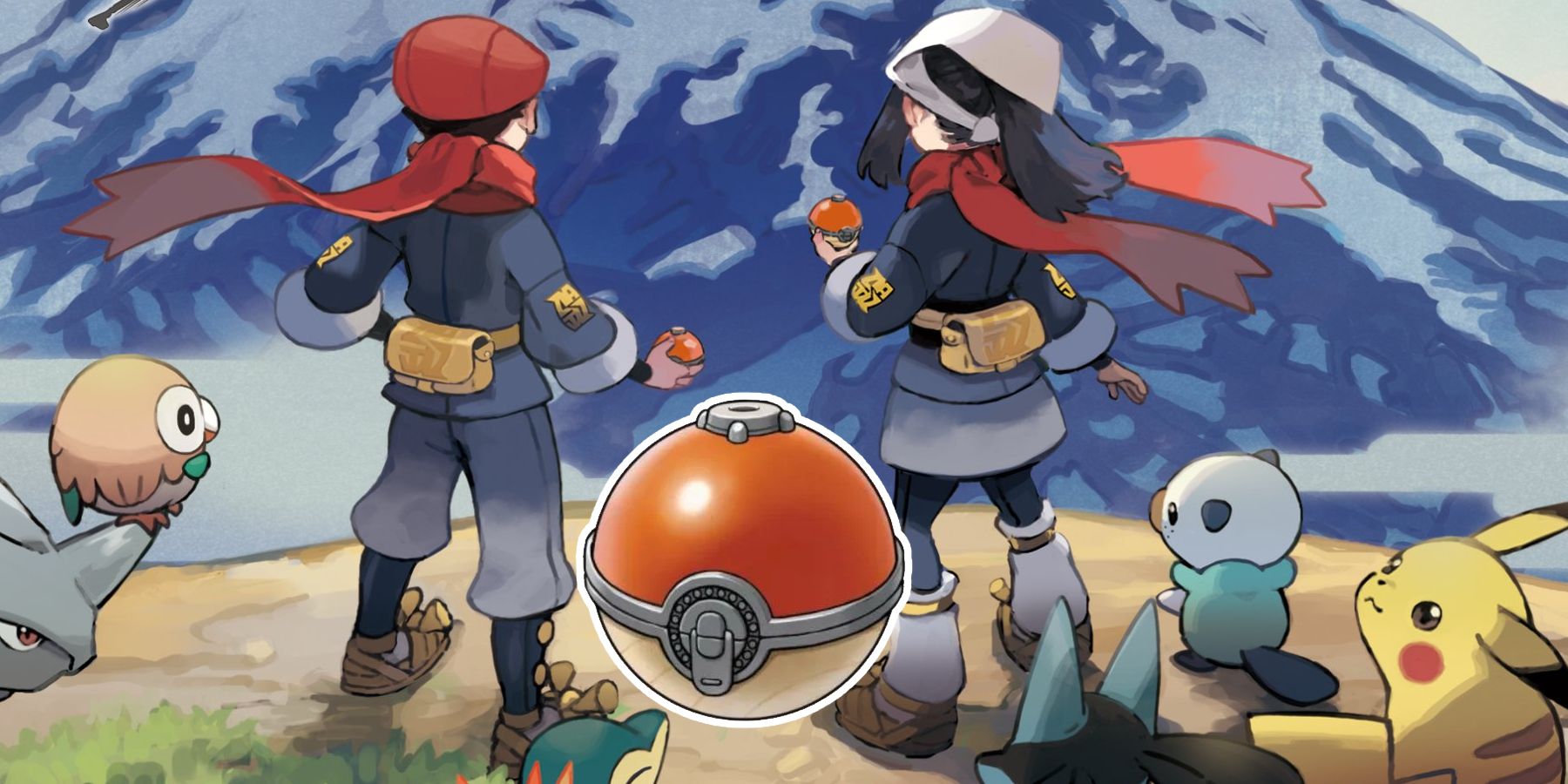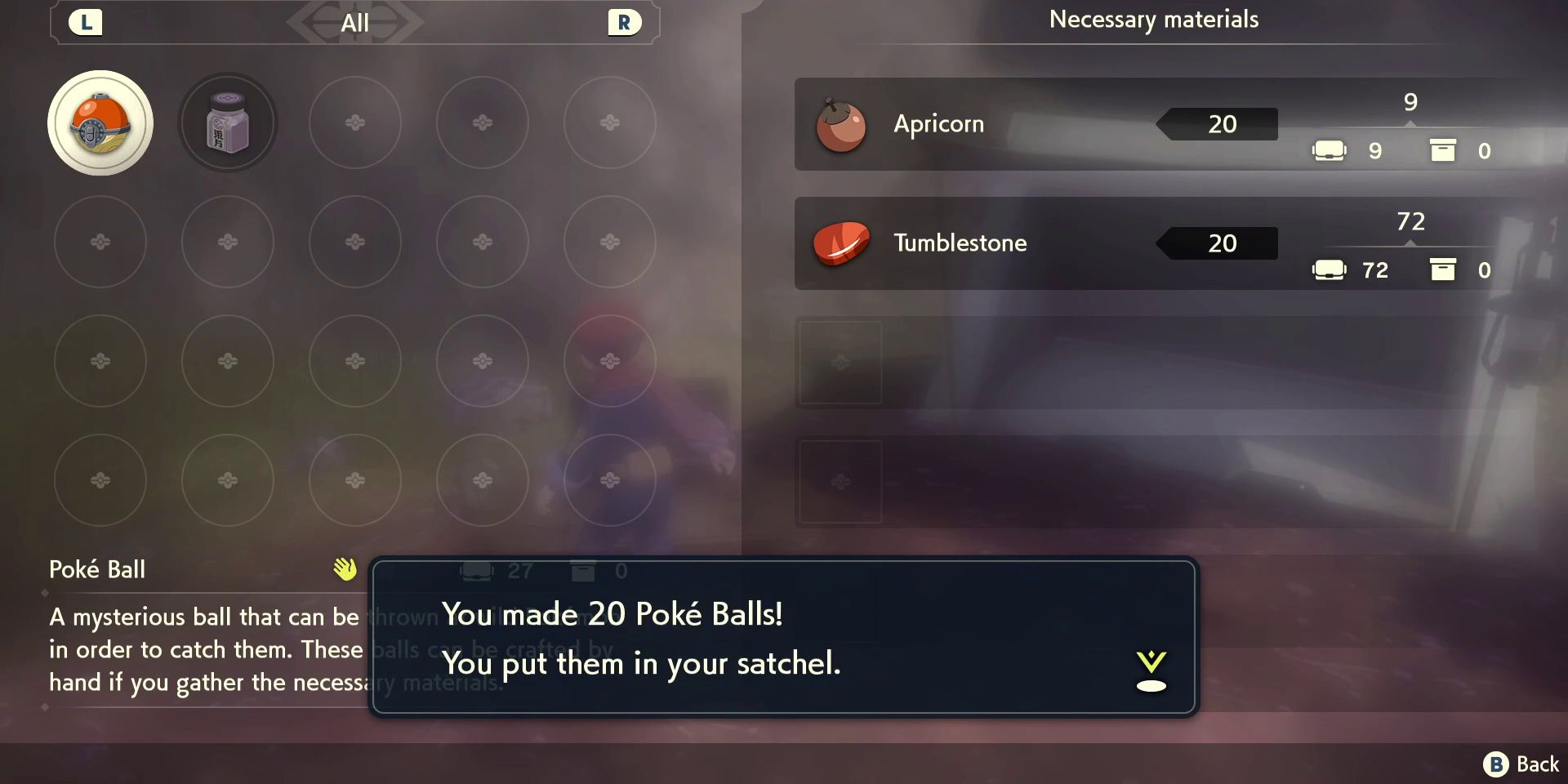Players are now sinking their teeth into Pokemon Legends: Arceus, Game Freak’s fresh take on Pokemon’s often rigid formula. While there was a fair bit of trepidation leading up to launch due to the archaic look of the environments, fan and critic response seems to have been largely positive thus far. That owes everything to the enormous amount of deviation from a typical Pokemon game Pokemon Legends: Arceus represents. Players now spend their time scouring an open world for new Pokemon and build up their Pokedex by interacting with those Pokemon in different ways. Miniboss Pokemon are scattered across the map, and they won’t always be possible fights when the player finds them. Even the battle mechanics and menu infrastructure are different from the norm, which is a shocking development for Pokemon.
The core gameplay supporting all of these changes is Pokemon Legends: Arceus’ shift towards being an action game with light stealth and third-person shooter elements. The playable trainer’s presence in the world is so keenly felt that they can actually move around in battle, and can manually flee from unfavorable encounters in the wild. There are even battles fought primarily by the trainer instead of their Pokemon, which came as a surprise when they were revealed. All of this is built on the back of the Poke Ball-throwing system, which uses primitive iterations of the iconic spheres crafted by the player. Several of these balls will be familiar to seasoned players, but there are several new ones, and getting them isn’t as simple as buying them.
Be aware that covering every Poke Ball in Pokemon Legends: Arceus will necessitate bringing up some late-game spoilers.
Every Kind of Poke Ball in Pokemon Legends Arceus
Poke Balls come into the player’s possession right away in Pokemon Legends, as Professor Laventon lends them fifty of the things to help capture the starter Pokemon. The player is later given a starting set of twenty once they begin working for the Galaxy Expedition Team, and they can buy and craft more. Eventually, more crafting recipes will be provided, giving the player several options for Poke Balls to craft and upgrade. The full list of Poke Balls is as follows:
- Poke Ball
- Great Ball
- Ultra Ball
- Heavy Ball
- Leaden Ball
- Gigaton Ball
- Feather Ball
- Wing Ball
- Jet Ball
- Origin Ball
Most of these balls can be crafted, and some lower-tier ones can eventually be bought from merchants. The Origin Ball is the lone exception to this rule, as it is Pokemon Legends’ equivalent to a Master Ball. There is only one, and it is given to the player late in the game. The rest can be divided into three categories: regular, Heavy, and Feather. The basic Poke Balls are recent inventions as of Legends, meant to force Pokemon to activate their latent shrinking ability. If the capture is successful, signaled by a small firework, then the creature is rendered docile. Normal Poke Balls are easy to craft and can be kept useful through stealthy tactics and distraction items, but they will become less capable of catching higher-level Pokemon. Great Balls and Ultra Balls provide boosted catch rates, and will gradually become a player’s go-to tools in the field.
The Heavy and Feather Ball families also have three tiers of balls that improve catch rates, but they also have some other features. Heavy, Leaden, and Gigaton Balls are built with larger and heavier Pokemon in mind. This seems to include Alpha Pokemon that are significantly larger than their mundane counterparts. Their one weakness is that they too are quite heavy, and can’t travel as high or as far as other Poke Balls. Feather, Wing, and Jet Balls are the opposite: they fly fast, far, and straight for longer periods than other balls. While that seems incredibly useful, it’s too soon to hang up the other types of Poke Balls, as these three are only meant for particularly fast or sky-high Pokemon. That is the extent of the ball variety in Pokemon Legends, which is considerably lower than the diverse range of Poke Balls in other Pokemon titles.
How to Craft Pokemon Legends’ Poke Balls
The ability to craft items is given to the player shortly after they become a zero-star member of the Survey Corps. This can be done at any time through the player’s crafting kit or at a crafting bench. Players are limited by what recipes they have, and Poke Ball recipes must be obtained through gaining ranks, one of Pokemon Legends' metrics for progress. The initial Poke Ball recipe is provided at the starting rank, and each successive rank up to eight stars will unlock the use of another Poke Ball. The order recipes are unlocked in goes Heavy Balls at one, Feather Balls at two, Great Balls at three, Leaden Balls at four, Wing Balls at five, Ultra Balls at six, Gigaton Balls at seven, and Jet Balls at eight stars. Productive players should have access to a variety of Pokemon-catching options in no time.
The recipes themselves call for certain materials that the player will have to buy or gather while exploring. There are only a few materials needed to craft Poke Balls, so players who regularly grab items should never run out. A basic Poke ball just needs one Apricorn and one Tumblestone to craft. Great Balls require an Apricorn, a Tumblestone, and an Iron Chunk, while Ultra Balls need one Apricorn and two Iron Chunks and Tumblestones. This pattern is followed by the other two ball families, with the only difference being that Heavy Balls require Black Tumblestones and Feather Balls require Sky Tumblestones. The second tier will always require an Iron Chunk, and the third tier will always ask for two Iron Chunks and two of the appropriate Tumblestone.
That just leaves gathering the necessary materials, and fortunately, the Hisui region is covered top to bottom in resources. While items can be purchased directly from Ginkgo Guild merchants, players can find everything they need by themselves. Apricorns grow on trees and can be quickly identified through their dark coloring and shaken down with a Pokemon's assistance. All three varieties of Tumblestones can be mined by a Pokemon from red, black, and blue crystalline rocks found throughout the game. Iron Chunks, meanwhile, can be found simply lying around in rocky or subterranean areas, and will also randomly be found inside the rocks that contain Tumblestones. It will take a few hours for a player to progress into areas with black rocks, blue rocks, and Iron Chunks, but they are plentiful once discovered. With an abundance of crafting materials at their disposal, Pokemon Legends players should never run out of Poke Balls on their quest to fill the first Pokedex.
Pokemon Legends: Arceus is available now for Nintendo Switch.



